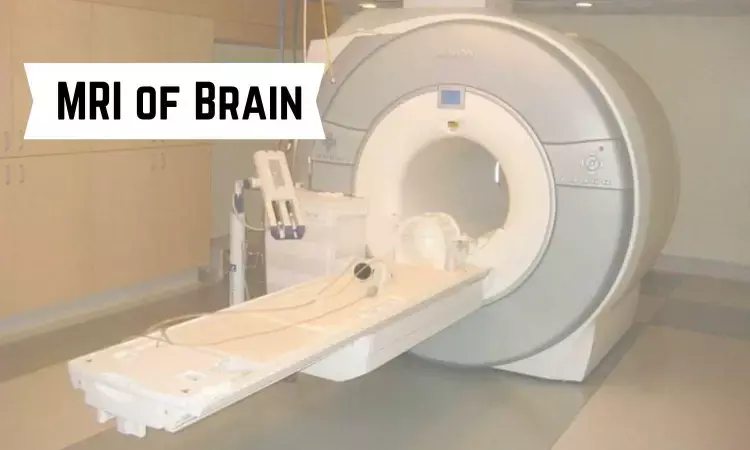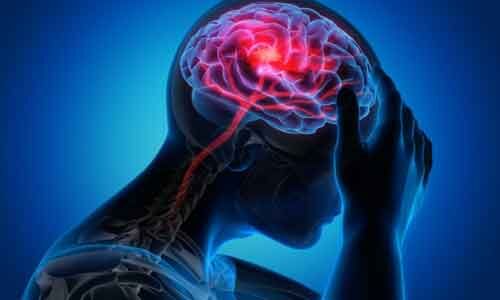- Home
- Medical news & Guidelines
- Anesthesiology
- Cardiology and CTVS
- Critical Care
- Dentistry
- Dermatology
- Diabetes and Endocrinology
- ENT
- Gastroenterology
- Medicine
- Nephrology
- Neurology
- Obstretics-Gynaecology
- Oncology
- Ophthalmology
- Orthopaedics
- Pediatrics-Neonatology
- Psychiatry
- Pulmonology
- Radiology
- Surgery
- Urology
- Laboratory Medicine
- Diet
- Nursing
- Paramedical
- Physiotherapy
- Health news
- Fact Check
- Bone Health Fact Check
- Brain Health Fact Check
- Cancer Related Fact Check
- Child Care Fact Check
- Dental and oral health fact check
- Diabetes and metabolic health fact check
- Diet and Nutrition Fact Check
- Eye and ENT Care Fact Check
- Fitness fact check
- Gut health fact check
- Heart health fact check
- Kidney health fact check
- Medical education fact check
- Men's health fact check
- Respiratory fact check
- Skin and hair care fact check
- Vaccine and Immunization fact check
- Women's health fact check
- AYUSH
- State News
- Andaman and Nicobar Islands
- Andhra Pradesh
- Arunachal Pradesh
- Assam
- Bihar
- Chandigarh
- Chattisgarh
- Dadra and Nagar Haveli
- Daman and Diu
- Delhi
- Goa
- Gujarat
- Haryana
- Himachal Pradesh
- Jammu & Kashmir
- Jharkhand
- Karnataka
- Kerala
- Ladakh
- Lakshadweep
- Madhya Pradesh
- Maharashtra
- Manipur
- Meghalaya
- Mizoram
- Nagaland
- Odisha
- Puducherry
- Punjab
- Rajasthan
- Sikkim
- Tamil Nadu
- Telangana
- Tripura
- Uttar Pradesh
- Uttrakhand
- West Bengal
- Medical Education
- Industry
Gadolinium-enhanced MRI may differentiate Meniere's disease from vestibular migraine

New research revealed that Gadolinium-enhanced MRI of the inner ear differentiates Meniere's disease (MD) and vestibular migraine (VM) as per a study that was published in the journal The Laryngoscope.
Differentiating Vestibular migraine and Meniere's disease clinically is difficult. Vestibular migraine is defined as having a moderate intensity of vestibular symptoms, current or past history of migraine, and migraine symptoms during at least two vertigo attacks. MD is a consequence of overaccumulation of endolymph in the inner ear, which occurs at the expense of the perilymphatic space. As there are no definitive diagnostic criteria to distinguish the two conditions, researchers conducted a study to explore the predictive factors between Meniere's disease (MD) and vestibular migraine (VM) by Gadolinium-enhanced Magnetic resonance imaging (MRI) of the inner ear and Clinical Features.
Eighty-seven patients (50 MD and 37 VM) who were given an intratympanic gadolinium injection underwent MRI 24 h later. All patients underwent pure tone audiometry and caloric tests.
Key findings:
- In the MD group, 46 (92%) of 50 patients developed endolymphatic hydrops, although only 2 (5.4%) in the vestibular migraine (VM) group had positive results groups (p < 0.001).
- The incidence of migraine was 14% in the MD group and 67.7% in the VM group (p < 0.001).
- Multivariate logistic regression of the two groups of patients indicated that the greater the sum of the maximum slow phase velocity (SPV) of the ipsilateral ear, the higher the risk of VM occurrence (p = 0.009).
- The incidence of carsickness was positively correlated with the incidence of VM, and asymmetric hearing loss (AHL) was negatively correlated with the diagnosis of VM (p = 0.045).
Thus, though carsickness, decreased AHL, and increased sum of the maximum SPV in the ipsilateral side (SSPVI) may act as diagnostic predictors of VM, Gadolinium-enhanced MRI of the inner ear differentiates vestibular migraine from Meniere's disease.
BDS, MDS
Dr.Niharika Harsha B (BDS,MDS) completed her BDS from Govt Dental College, Hyderabad and MDS from Dr.NTR University of health sciences(Now Kaloji Rao University). She has 4 years of private dental practice and worked for 2 years as Consultant Oral Radiologist at a Dental Imaging Centre in Hyderabad. She worked as Research Assistant and scientific writer in the development of Oral Anti cancer screening device with her seniors. She has a deep intriguing wish in writing highly engaging, captivating and informative medical content for a wider audience. She can be contacted at editorial@medicaldialogues.in.
Dr Kamal Kant Kohli-MBBS, DTCD- a chest specialist with more than 30 years of practice and a flair for writing clinical articles, Dr Kamal Kant Kohli joined Medical Dialogues as a Chief Editor of Medical News. Besides writing articles, as an editor, he proofreads and verifies all the medical content published on Medical Dialogues including those coming from journals, studies,medical conferences,guidelines etc. Email: drkohli@medicaldialogues.in. Contact no. 011-43720751



